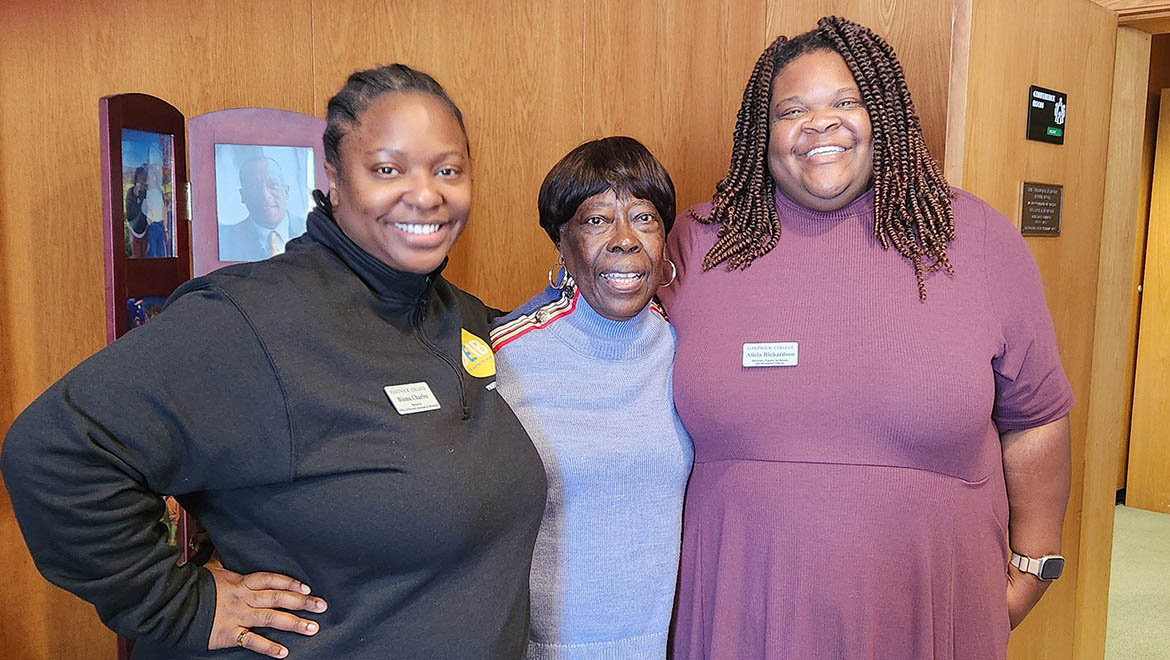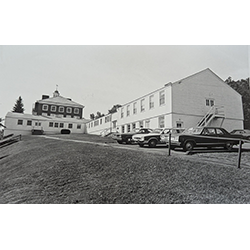Civil Rights Icon Bettie Mae Fikes Shares Her Story
Bettie Mae Fikes was only 14 years old when she began sitting in at lunch counters, boycotting buses, registering voters and leading walkouts of R.B. Hudson High School as part of the Civil Rights movement.
“It’s hard for me to revisit this,” she told a packed house at Hartwick’s Belonging Center. “But I have to give you what I know. I need you to feel it because I still feel it.”
Originally scheduled to speak for only 45 minutes, Fikes spoke for nearly two hours about her experiences marching from Selma to Montgomery alongside Dr. Martin Luther King Jr. and Congressman John Lewis. A member of the Student Nonviolent Coordinating Committee during the Civil Rights Movement, her rendition of This Little Light of Mine earned her the reputation as the “Voice of Selma.”
Her story had a profound impact on the audience.


